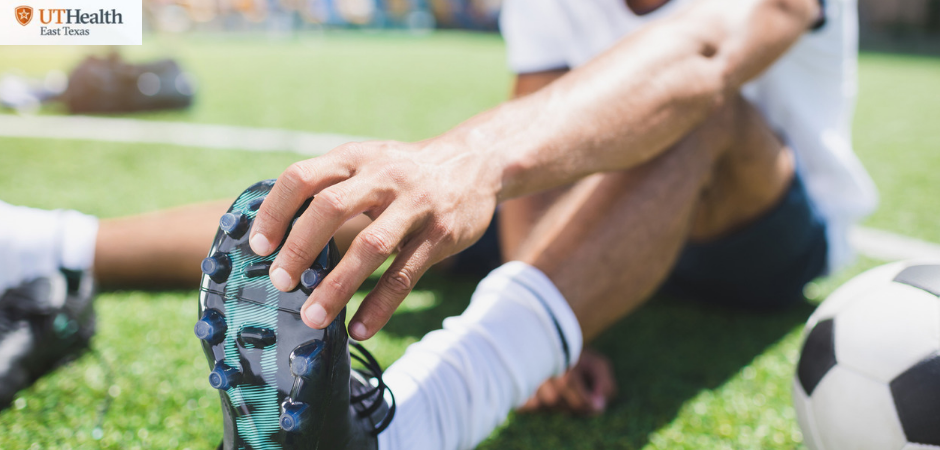
Getting hurt in athletics can mean more than just a strain or a sprain. Sports hernias are another common injury among athletes.
A sports hernia, also known as athletic pubalgia, is a strain or tear of any soft tissue (muscle, tendon, ligament) in the lower abdomen or groin area.
Unlike traditional inguinal hernias, sports hernias do not cause a visible bulge. The pain associated with sports hernias are caused by torn tendons that attach to the pelvis. Symptoms may include sharp pain in the lower abdomen, groin or in the testicle (males).
This type of injury is most common in sports that require repetitive twisting, bending and turning at high speeds, such as hockey, basketball, wrestling, football and soccer. Explosive movements of this nature can cause a tear in the soft tissue of the lower abdomen or groin, leading to a sports hernia.
Lowering your risk
Athletes should practice exercises that increase flexibility and strengthen the muscles in and around the pelvic area in their daily exercise routine. Ask your health care provider for recommended exercises.
At the first sign of strain or stress in the groin or lower abdomen, it is recommended that you rest briefly to ensure the injury doesn’t worsen. Applying ice after intense exercise can help reduce inflammation. Left untreated, sports hernias may lead to a more serious type of hernia or other medical condition. Always consult with your doctor before self-treatment.
Specific treatment for a sports hernia will be determined by your doctor. To find a UT Health physician or to schedule an appointment, call 903-596-DOCS.
